Ford Edge running costs and reliability
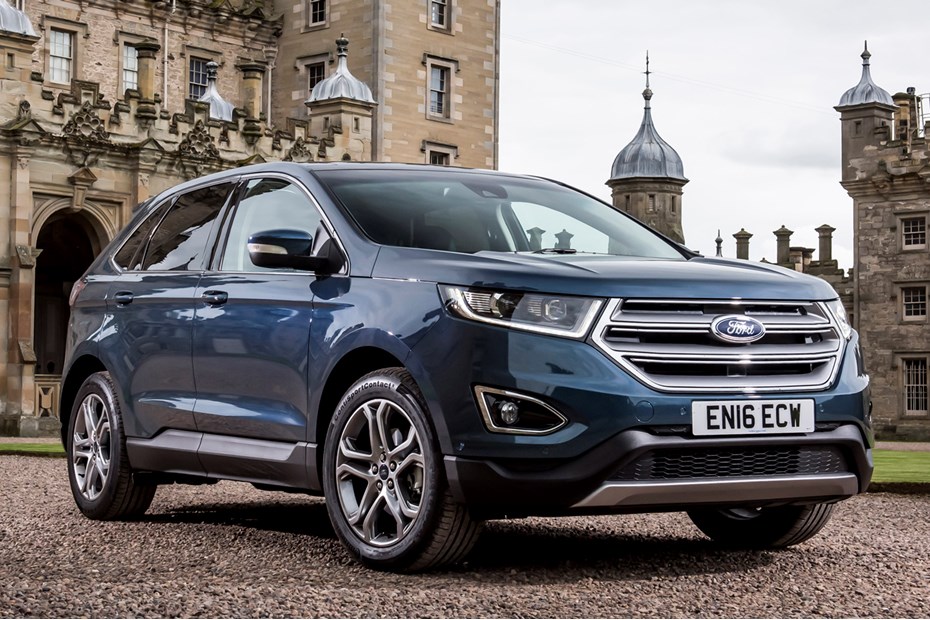
Miles per pound (mpp) ⓘ
| Diesel engines | 4.4 - 5.4 mpp |
|---|
Fuel economy ⓘ
| Diesel engines | 34.4 - 42.2 mpg |
|---|
- Strong resale values for a Ford-badged car
- Real-world economy isn’t hugely impressive
- Four-wheel drive harms fuel efficiency
One significant factor to be aware of here is the Ford Edge’s resale value. This is close to the best Ford money can buy in that respect, so you can look forward to favourable finance and deals.
Ford is offering strong-value PCP finance deals on the Edge, with low APR and deposit contributions. As a result, it’s possible to buy the Edge at the end of a three-year finance deal for only a small premium over buying it with cash.
Regardless of engine and gearbox combination along with alloy wheel size, the Ford Edge’s day-to-day running costs aren’t hugely different. There’s a 3g/km difference in CO2 output between the small 19-inch alloys (149g/km) and the 20-inch items (152g/km) so tax is going to work out roughly the same for both private and fleet drivers.
According to Ford, fuel economy is a claimed 48.7mpg with small wheels (if you can call 19-inchers ‘small’), and 47.9mpg with the larger ones. A difference that minuscule simply won’t be a factor during normal driving. Driving style will have an immeasurably larger effect on your fuel bills – in the real-world it can fluctuate anywhere between 30-38mpg depending on how sympathetic you are with the accelerator pedal.
So far Ford has chosen not to offer a two-wheel drive variant in the UK, which would be an obvious way to drop CO2 emissions further.
It’s a similar story with CO2 emissions, which aren’t hugely impressive and with the Ford Edge depend solely on alloy wheel size.
Regardless of engine and gearbox, you’re looking at 149g/km with 19-inch wheels and 152g/km for 20-inchers.
Neither figure is particularly good when looking at Volvo’s (admittedly smaller) rival XC60, which is available with two-wheel drive. The Edge is more efficient on paper than similarly sized protagonists such as the Hyundai Santa Fe and Kia Sorento, however.
Reliability
- Very positive reliability record
- Only one official DVSA recall
- Replacement parts should be inexpensive
While the Ford Edge is still relatively new in the UK, it’s been around long enough to gain an understanding about how reliable it’s proving to be.
So far, the story’s good. Accord to the government’s DVSA website, there has only been one official recall so far at the start of 2016. The fault, which also affected the closely related Mondeo, S-Max and Galaxy, cerntered around automatic headlights that turned themselves off in the dark. Not ideal. However, all those Edges with the issue will have long-since been rectified.
Should you be unlucky enough for parts to fail it’s fair to expect they’ll be relatively cheap to repair or replace – this has been one of Ford’s trademarks in the UK for many years. It’s also one of the primary reasons they make so much sense as company cars.
Ongoing running costs
| Road tax | £195 - £620 |
|---|---|
| Insurance group | 25 - 34 |
Get an insurance quote with

|
|



.jpg)
.jpg)
.jpg)
.jpg)
.jpg)
.jpg)
.jpg)
.jpg)
.jpg)
.jpg)
.jpg)
.jpg)
.jpg)
.jpg)
.jpg)
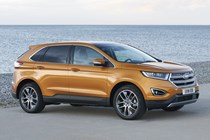
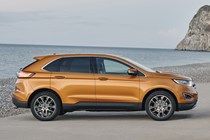
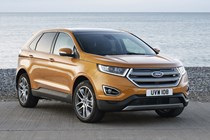

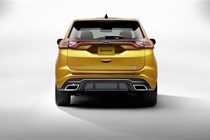

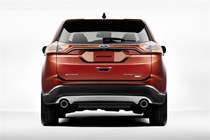

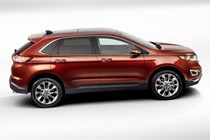
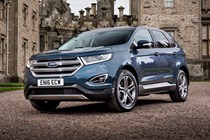
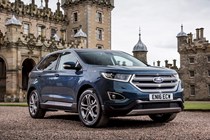
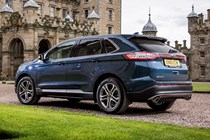
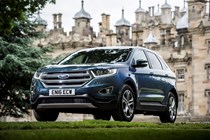

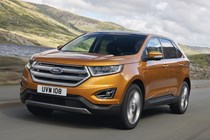
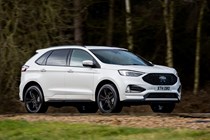
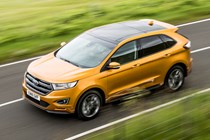
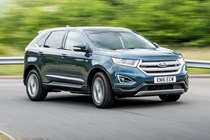


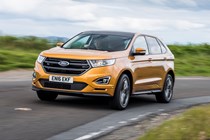
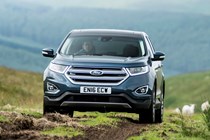
.jpg)
.jpg)
.jpg)
.jpg)
.jpg)
.jpg)
.jpg)
.jpg)
.jpg)
.jpg)
.jpg)
.jpg)
.jpg)
.jpg)
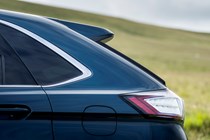
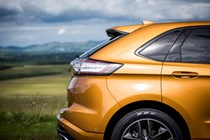
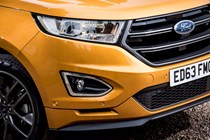
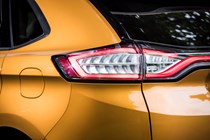
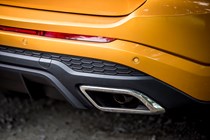
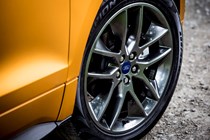
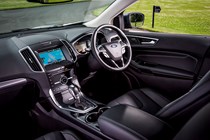
.jpg)
.jpg)
.jpg)
.jpg)
.jpg)
.jpg)
.jpg)
.jpg)
.jpg)
.jpg)
.jpg)
.jpg)
.jpg)
.jpg)
.jpg)
.jpg)
.jpg)
.jpg)
.jpg)
.jpg)
.jpg)
.jpg)
.jpg)
.jpg)
.jpg)
.jpg)
.jpg)
.jpg)
.jpg)
.jpg)
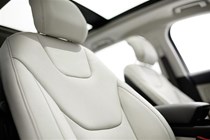
.jpg)

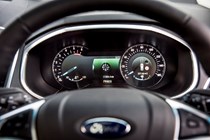

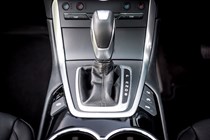
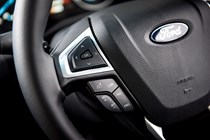
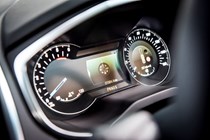
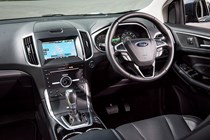
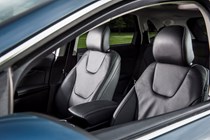
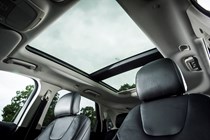
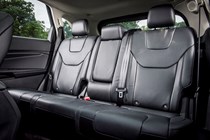

.jpg)
.jpg)
.jpg)
.jpg)
.jpg)
.jpg)
.jpg)
.jpg)
.jpg)
.jpg)
.jpg)
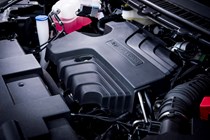

.jpg?quality=50)
.jpg?quality=50)
.jpg?quality=50)
.jpg?quality=50)
.jpg?quality=50)
.jpg?quality=50)
.jpg?quality=50)
.jpg?quality=50)
.jpg?quality=50)
.jpg?quality=50)
.jpg?quality=50)
.jpg?quality=50)
.jpg?quality=50)
.jpg?quality=50)
.jpg?quality=50)






















.jpg?quality=50)
.jpg?quality=50)
.jpg?quality=50)
.jpg?quality=50)
.jpg?quality=50)
.jpg?quality=50)
.jpg?quality=50)
.jpg?quality=50)
.jpg?quality=50)
.jpg?quality=50)
.jpg?quality=50)
.jpg?quality=50)
.jpg?quality=50)
.jpg?quality=50)







.jpg?quality=50)
.jpg?quality=50)
.jpg?quality=50)
.jpg?quality=50)
.jpg?quality=50)
.jpg?quality=50)
.jpg?quality=50)
.jpg?quality=50)
.jpg?quality=50)
.jpg?quality=50)
.jpg?quality=50)
.jpg?quality=50)
.jpg?quality=50)
.jpg?quality=50)
.jpg?quality=50)
.jpg?quality=50)
.jpg?quality=50)
.jpg?quality=50)
.jpg?quality=50)
.jpg?quality=50)
.jpg?quality=50)
.jpg?quality=50)
.jpg?quality=50)
.jpg?quality=50)
.jpg?quality=50)
.jpg?quality=50)
.jpg?quality=50)
.jpg?quality=50)
.jpg?quality=50)
.jpg?quality=50)

.jpg?quality=50)











.jpg?quality=50)
.jpg?quality=50)
.jpg?quality=50)
.jpg?quality=50)
.jpg?quality=50)
.jpg?quality=50)
.jpg?quality=50)
.jpg?quality=50)
.jpg?quality=50)
.jpg?quality=50)
.jpg?quality=50)
